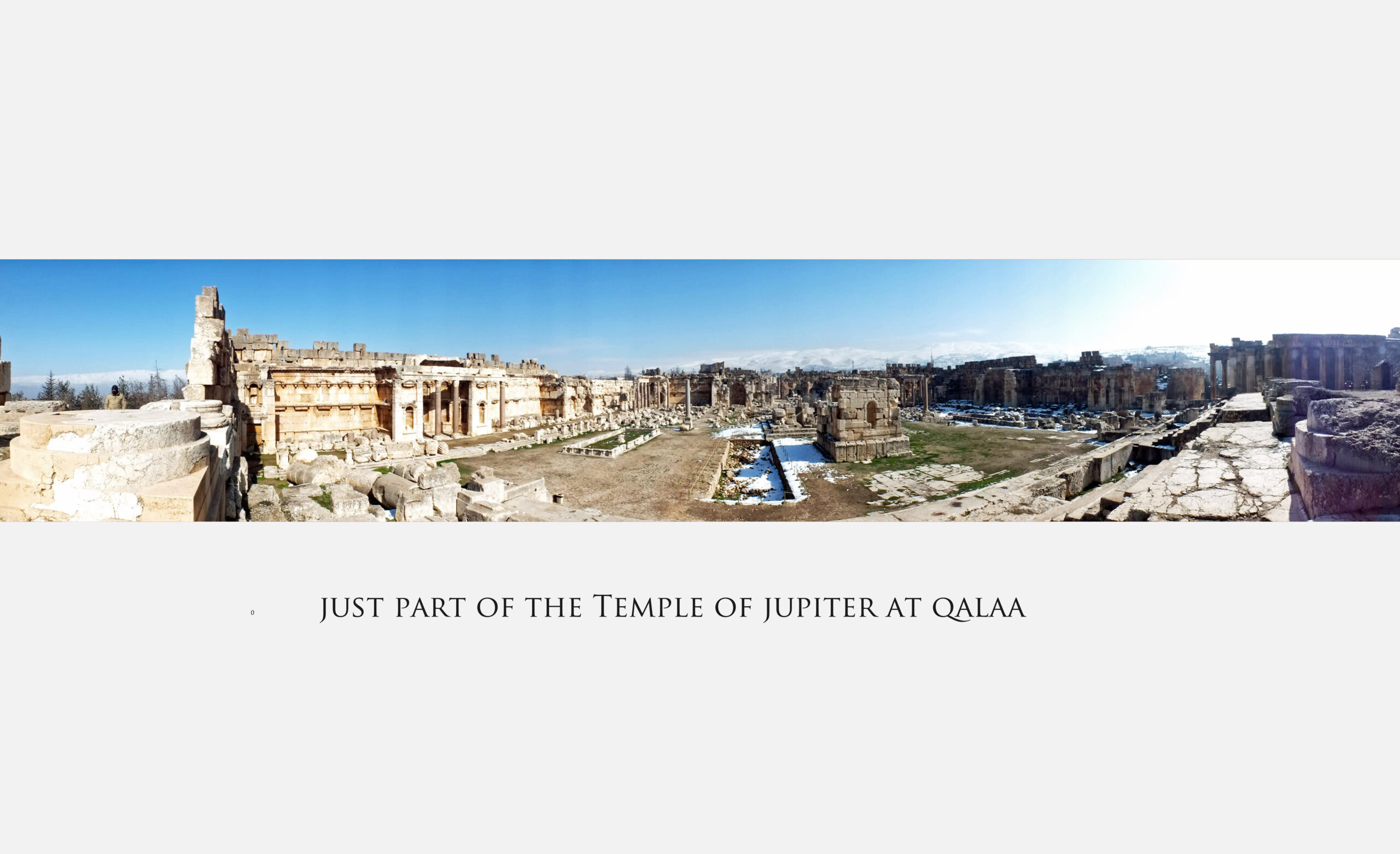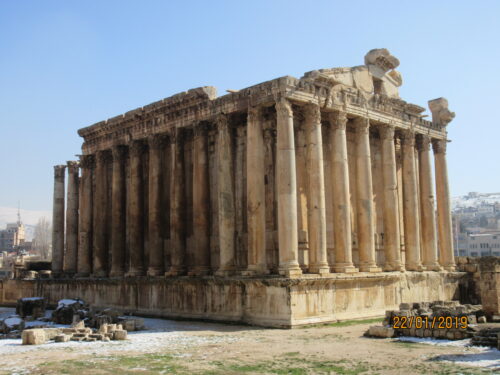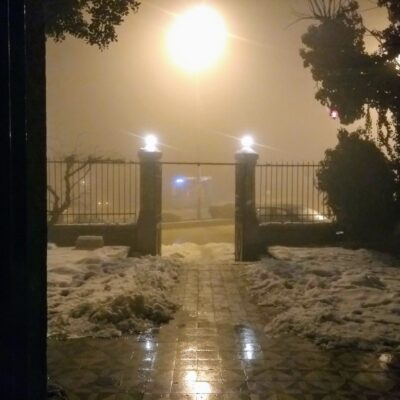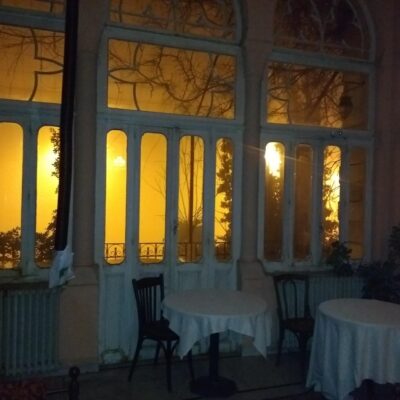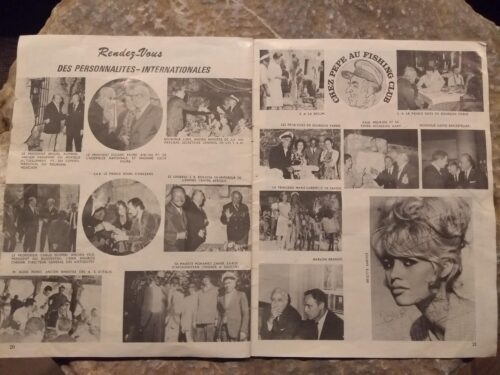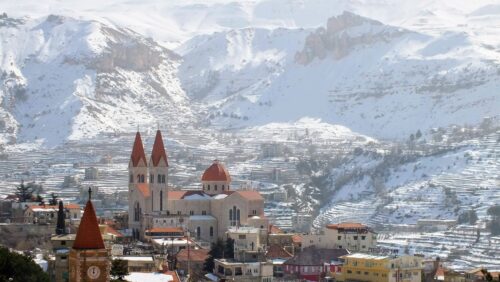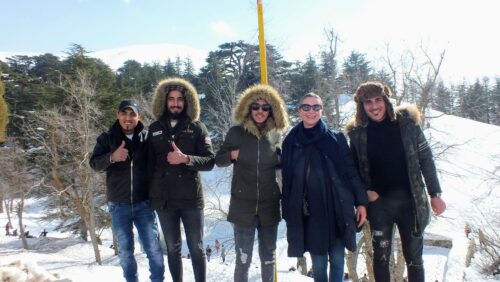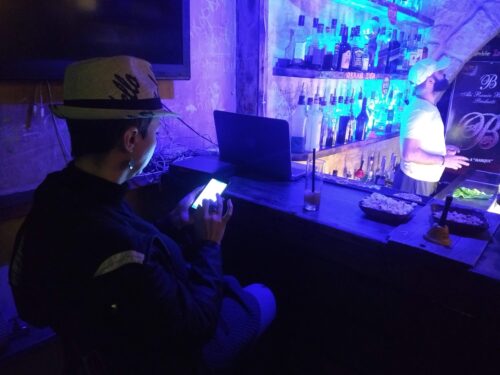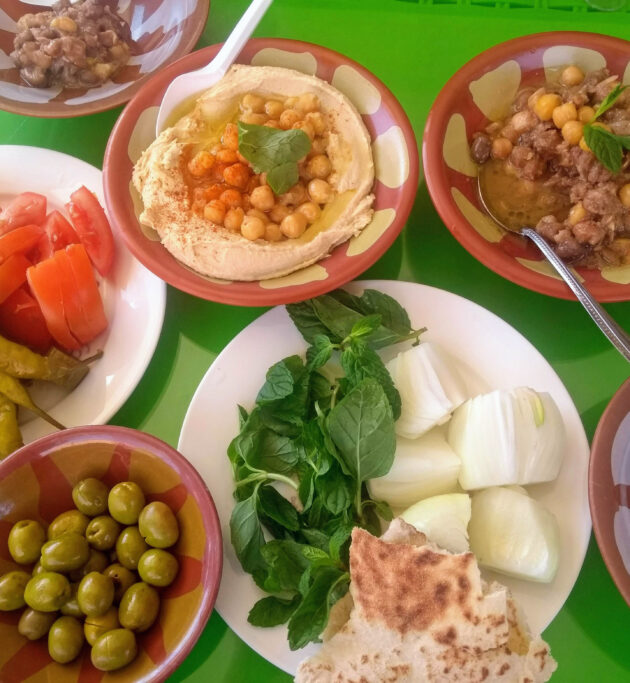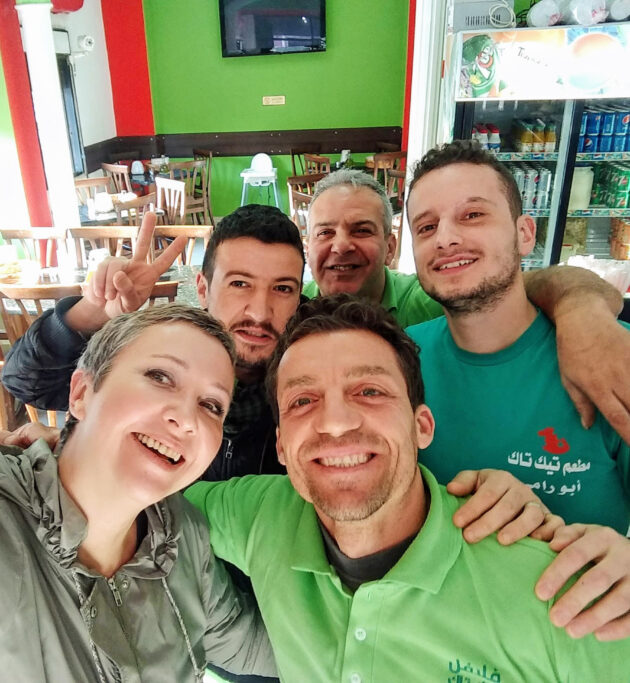Qalaa aka Heliopolis, Baalbek
On the border between Lebanon and Syria, so quite critical at the moment.
For millenia Baalbek was at the cross roads of trade routes linking the ancient world’s centres of civilisation… and just happened to be on the edge of the wild and beautiful Bekaa valley – the Roman “bread basket” and source then and now, of some fabulous food and wines.
The Palmyra Hotel in Baalbek has housed everyone from Bardot to de Gaulle, Nureyev to the Kaiser and its faded grandeur hints at the society events that took place over the last 150 years.
The reason for its guest list?
Look at the above view from our room.
And then there’s the Temple of Diana – itself bigger than the Pantheon in Rome
And the Temple of Bacchus. Which is, of course, beautifully carved with friezes and motifs reflecting its use by the Romans…
Parties!
And, evidenced by the various items found there, epic parties at that.
It seems that increasing wealth and decadence of the empire, when alloyed to distance from the (potentially censorious and political) centre, meant there were few limits on the excesses here.
Well, we had a couple of days in Baalbek, most spent wandering around the immense Roman site and, of course, enjoying the food here. The town was friendly but had almost no visitors – deep winter and the proximity to the Syrian border diluting its attraction for many. There were 2/3 man military posts along every street and a tank parked directly in front of the hotel – as the sole tourists, we quickly got onto nodding terms with the troops.
If the Palmyra isn’t haunted, I’d be amazed. Only half a dozen of its rooms are habitable; much is closed off and along corridors that would fit into any gothic horror film you care to name.
To add to the spookiness, we were the only guests. On our second night in the hotel we were woken about 3am by fireworks… who has a celebration at that time of night and in deep snow?
No, as in Beirut, we had completely misunderstood the situation.
Quizzing our guard-post in the morning we were informed that it had been a gunfight about 100m away.
To reassure us the soldiers told us “don’t worry, we got them”
We had a result in Baalbek.
The hotel, museum, cafes and the very grounds were replete with Roman coins, carvings and statuary such that they were considered of little value. The hallway, entrance and many cabinets in the hotel housed collections that would shame many museums.
After some investigation into fakes and provenance, we bought a few coins, pieces of pottery and glass from a tiny shop owned by a couple of detectorists whose job was made easy by the surfeit.
The next day we had a long drive (shudder to remember) back across the mountains, through the outskirts of Beirut then up the coast to the famed town of Byblos
Hospital, of course
It was our own fault. We broke an important travel rule (especially if one’s travelling on a tight budget as we do.)
Always eat where the locals do.
But we arrived late in Byblos after the fraught drive and just needed sustenance. A walk down to the harbour showed us that many places were closed for the winter and our guesthouse had recommended Pepe’s – apparently everyone went there!
The entire next day was spent in the (excellent) Notre Dame des Secours Hospital while Katia was treated for a very nasty food-poisoning followed by two days recuperation so we didn’t get to see any of the 6000+ years of layered archaeological splendour that attracted visitors at weekends up from Beirut (and then sold them fake souvenirs in the tacky souk.)
Our first sour note.
Qadisha Valley
Once able to travel, we set off north and into the heart-stopping (in several ways) Qadisha valley and the little town of Bcharre in the mountains.
The valley had been settled by the Maronites as one of the first Christian settlements anywhere – attracted by the inaccessibility of the long precipitous gorge as defence against the religious conflicts raging elsewhere (and possibly by its spectacular, wild scenery.)
Deep snow, a tiny Hyundai and a sat-nav that seemed to have been deliberately “hacked” to direct us to “turn left in 50m” .over a 1000m drop, told us that the Maronites were well-served.
But it is a gorgeous area.
Our timing was good. The village had been cut off for 2 weeks and snowploughs had only “cleared” the roads that day. We spent a couple of days exploring and visiting Khalil Gibran’s house.
The famed “Cedars of God” are beautiful and over 2000 years old but an even greater spectacle took place on the Sunday when nearly the whole of North Lebanon drove up into the Cedars to ski, barbecue and party in the snow and sunshine – and boy, did they dress up for it.
Skiing in a fur coat may not be pc but it’s certainly glamorous.
And then down the mountains to the coast city of Tripoli – this route is the origin of the adage about skiing in the morning and swimming/sunbathing in the afternoon.
Tripoli
We really like Tripoli.
We had some apprehension – after all, the FCO recommended against “all but essential travel”; it had been the scene of Syrian bombardments; a site for extended conflict during the civil wars and was host to major Palestinian and Syrian refugee camps.
One native of the city who had lived through the 75-90 civil war, summed up how it was then in the city – ” the fighting was mainly in just 2 or 3 streets over that way. Everywhere else, we sat in the cafes as usual….. in the morning we would swim; the afternoons we’d shoot each other then have a barbecue on the beach in the evening..”
But still, leaving a tiny funky bar that we chanced upon in the old port area of the city and finding our way down little, unlit alleys, long after midnight, back to our lodgings felt surreal and yet strangely safe.
Our overriding impression of Tripoli was friendliness.
However, we had high hopes to finally find one of the main items that we had been tracking down – Tripoli had been famous for exquisite copper-work for many centuries and we hoped that, somewhere, it was still being produced.
But where?
You’ll have to read our next post “Tripoli & Copperware” to find out how we found out
And, finally, a wholly gratuitous picture of breakfast at the little cafe we found in Tripoli. This is just half the table for the two of us.
And the lovely guys who made this spread and have convinced us that a Lebanese breakfast, followed by Lebanese coffee, is probably the best on earth.



